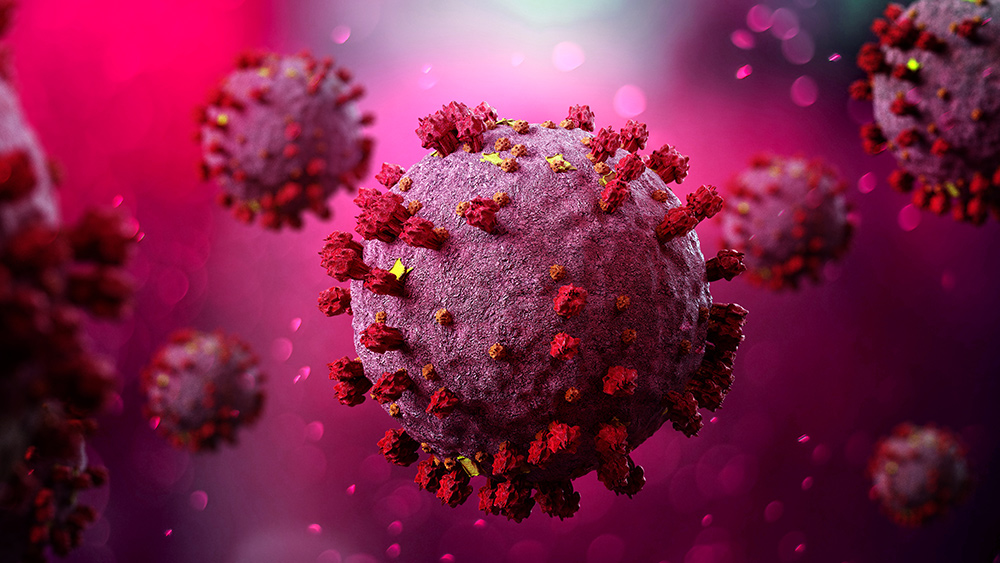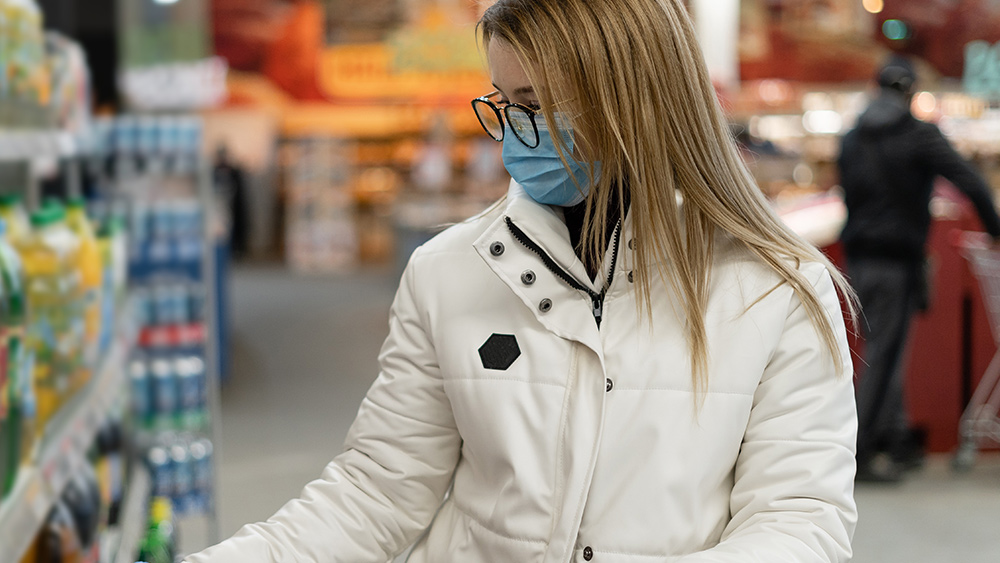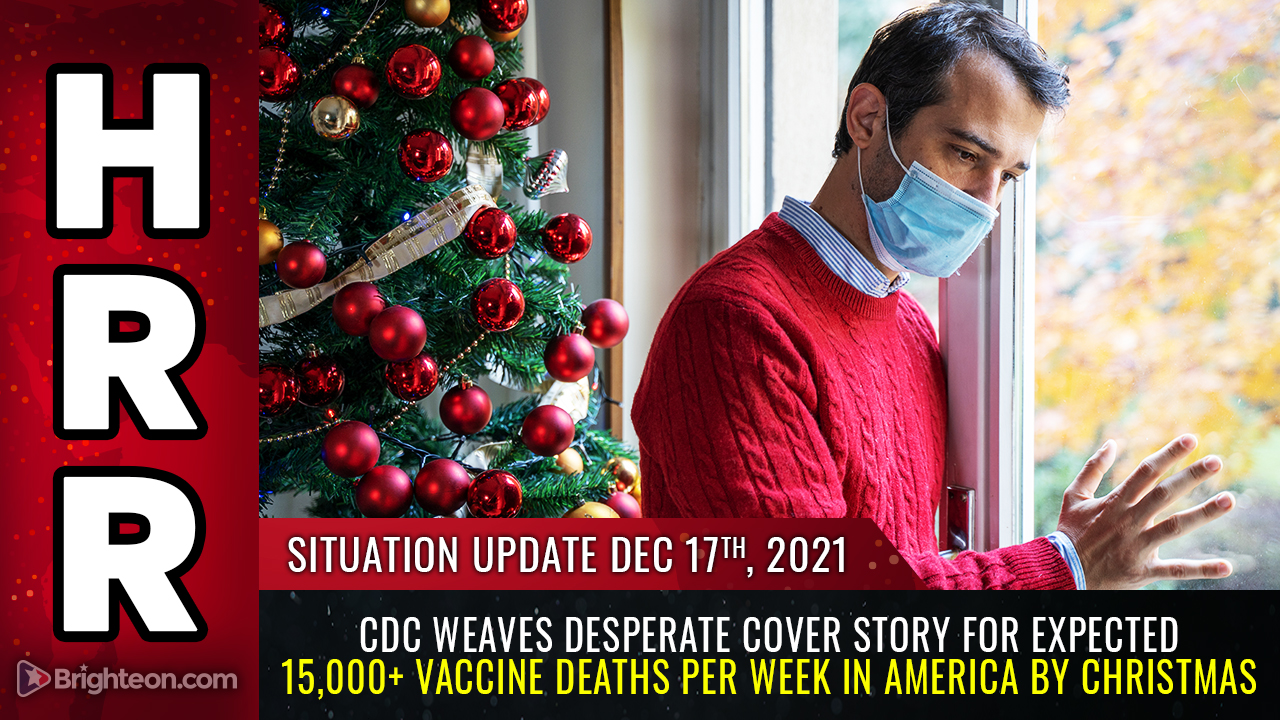Wuhan wet markets where coronavirus reportedly came from never sold bats or pangolins, according to new study
06/16/2021 / By Ramon Tomey

A study by scientists from the University of Oxford found that wet markets in the Chinese city of Wuhan did not sell any bats or pangolins. Data analyzed from 2017 to November 2019 found that four wet markets traded almost 50,000 animals from 38 species – with nary of the two animals recorded. While the study noted that the markets did not sell bats or pangolins, other animals neglected and kept in filthy cages provided avenues for the Wuhan coronavirus (COVID-19) to jump from animals to humans.
The June 7 study published in Scientific Reports said that thousands of animals traded in Wuhan’s wet markets were “capable of hosting a wide range of infectious zoonotic diseases or disease-bearing parasites.” However, the study authors found “no evidence” of bats of pangolins kept at the markets. This led them to conclude that both animals frequently blamed for COVID-19 “were not the likely spillover host at the source of the coronavirus.”
Study author Chris Newman told the Daily Mail: “Some of these species are known to host a variety of diseases. A few have subsequently been identified as competent hosts of COVID-19, but the main suspected spillover hosts – namely bats and pangolins – were not for sale in these markets.” He added that the data in their study “cannot determine” how humans managed to contract COVID-19 from animals.
Study co-author David Macdonald meanwhile said: “The creatures [in the Wuhan markets] were sold for huge sums. This is not subsistence bushmeat, but a costly delicacy.” According to him, meat from the marmot (Marmota himalayana) fetched five times the cost of pork at more than $25 per kilogram. Racoon dogs (Nyctereutes procyonoides), hog badgers (Arctonyx albogularis) and sand badgers (Meles leucurus) fetched between $15 and $20 per kilogram. The Indian peafowl (Pavo cristatus) sold for $56 each, while the sharp-nosed pit viper (Deinagkistrodon acutus) sold for $70 per kilogram.

Filthy cages, unsanitary conditions helped virus jump from animals to humans
The Oxford scientists zoomed in on four markets in Wuhan – the Qiyimen live animal market, Dijiao outdoor pet market, the Baishazhou Agricultural Products Market and the Huanan Seafood Market. A number of reports mentioned the Huanan wet market as the site where the first COVID-19 infections were reported.
Incidentally, the market is located a few miles from the Wuhan Institute of Virology (WIV) – where scientists were working on bat coronaviruses prior to the pandemic. The WIV laboratory is one of only a few in the world cleared to handle dangerous viruses that pose a high risk of transmitting from person to person.
The researchers counted seven shops purveying wild animals at the Huanan market. They also found two such shops at Baishazhou, and four at both the Dijiao and Qiyimen markets. They noted that almost all animals at the four markets were sold alive, caged, stacked and in poor condition. Most stores also provided onsite butchering – with the researchers noting “its considerable implications for food hygiene and animal welfare.” Furthermore, they observed that approximately 30 percent of animals in the wet markets they examined had suffered wounds from gunshots or traps. (Related: CORONAVIRUS: Is China paying the price for extreme animal cruelty?)
While 13 of the 17 stores in the four wet markets had the necessary permits from the Wuhan Forestry Bureau allowing them to sell legitimate wild animals, the remaining four had none. The permits enabled them to purvey different species such as the Siamese crocodile (Crocodylus siamensis), common pheasant (Phasianus colchicus) and the Amur hedgehog (Erinaceus amurensis) for food. The authors attributed this rampant sale of wild animals to inconsistent enforcement of laws protecting wildlife – which fostered “a nonchalant disregard for wildlife exploitation.”
Meanwhile, China said it has since cracked down on these markets by outlawing the sale of live animals. The study cited a January 2020 mandate by the Chinese government banning the sale of wild animals in their products in online and offline marketplaces until the end of the pandemic. The next month, the National People’s Congress Standing Committee implemented a permanent ban on the trade and consumption of terrestrial wild animals for food.
The government of Hubei province – where Wuhan is located – announced in April 2020 that the sale of live wild animals and poultry will be strictly forbidden as markets in the city reopened. But despite the ban, people still headed to the markets to buy live animals such as fishes, frogs and turtles more than a year after the first cases were recorded.
Macdonald thus warned: “With these huge concentrations of diverse species under one roof, it would seem but a matter of time before some unwelcome disease might skip into the human population.” (Related: CHINA’s own scientists conclude the CoVid-19 coronavirus did not originate in the Wuhan seafood market.)
Visit Pandemic.news to read more stories about the city of Wuhan – the ground zero of COVID-19.
Sources include:
Tagged Under: animal to human transmission, bats, China, covid-19 pandemic, Huanan Seafood Market, pangolins, SARS-CoV-2, spillover hosts, wet markets, wild animals, Wuhan City, Wuhan coronavirus





















